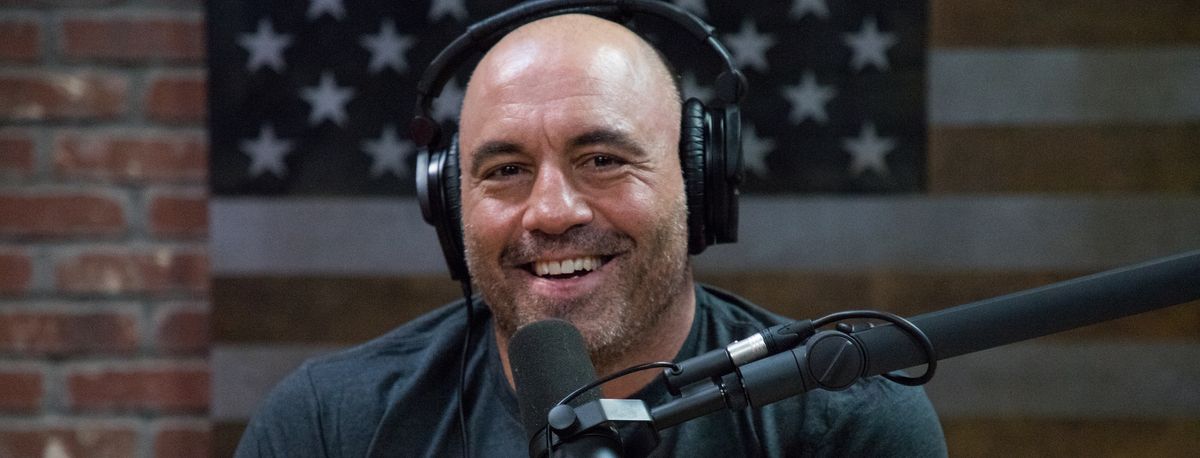The podcast news sphere was abuzz last week with Spotify announcing that The Joe Rogan Experience (JRE)—among the most popular podcasts worldwide (and right up there on YouTube too)—would be moving exclusively to Spotify, with all of his existing content switching to the platform by September 1 this year.
Since its inception, podcasts have played in a very different space compared to other media. The delivery of podcasts via an RSS feed was built on open Web standards much like blogs of the early years is fundamentally different from say the YouTube-controlled video medium, or the Instagram-domination social photo medium. (If you’re interested, there’s more on this distinction in our 2019 State of the Industry Report.
In principle, I’m against this kind of “paywalling” of podcast content. Podcasts—whether independent and aligned with a network—have traditionally made their revenue from from sponsorships, brand deals or patronage from listeners—often offering supplementary content or early access to members. Over the last couple of years though, we’ve seen various companies try to become the ‘Netflix’ for podcasts. For example, Luminary offers up their content catalog exclusively behind a paywall which led to some furor since they listed the entire podcast directory in addition to the exclusive content. Recent analysis seems to validate our initiate thoughts that this model isn’t really working for podcasts but that’s a topic for another day.
Now I understand the justification that you can continue to listen ‘for free’ on Spotify, but there are some facts worth considering. Firstly, you’re now locked into Spotify for choice, unlike the way you would be for any other podcast. Secondly, Spotify now stands to make money off you as a listener via advertising whether you have a subscription or not.
Of course, Spotify is well within their rights to make deals such as these, and Joe Rogan well within his to take up the offer. My take however would have been to reach a level of compromise between the plethora of content (and following) already in place which I reckon should have been left available and free, while new content could have been created for Spotify exclusively to leverage, or with early access on Spotify. There are other ways to leverage the community too—merchandise, bonus content—things podcasters have been doing for years. It’s not the deal directly, but the choice to take away all freely available published content—including videos—that makes this feel like a bait and switch.
Steven Goldstein is right that the podcast wars are here. For too long Apple has been the untouched ‘father figure’ in the podcast space—from running the directory with APIs for any app to pull from to setting up the core RSS specs that define a podcast feed—without making any direct monetary gains from the medium. This gap was always available for someone ‘else’ to jump in with a business model and tip the scales, and Spotify is now that company.
I think the likely outcome is the one podcasters such as Marco Arment predict but with a fairly large asterisk.
This is true only if Spotify isn’t able to maintain its current dominance as a podcast platform, i.e., if Spotify neglects the app, doesn’t do a few more of these deals and Joe Rogan becomes the only reason to listen to podcasts on the platform, all of which seem an unlikely future at the moment. I would take Spotify’s acquisition of Gimlet Media last year and The Ringer this year as a sign of how they view content creation—in-house and under their purview, much like Netflix has done. This is the bet that Rogan is ultimately making, and it’s one in which he has little to lose. Even if it all goes south, he can always look to return to old ways once it’s over, or start anew.
For one of the last bastions of the open web though, the implications of this model becoming successful—such that we start seeing the same divide between the indie and the mainstream as we do in nearly every other medium today—is disappointing. And while I do think that podcasting’s roots are deep enough that this may be just a blip in the radar—we already know what happens once mainstream funding starts driving a medium’s long-term growth.


